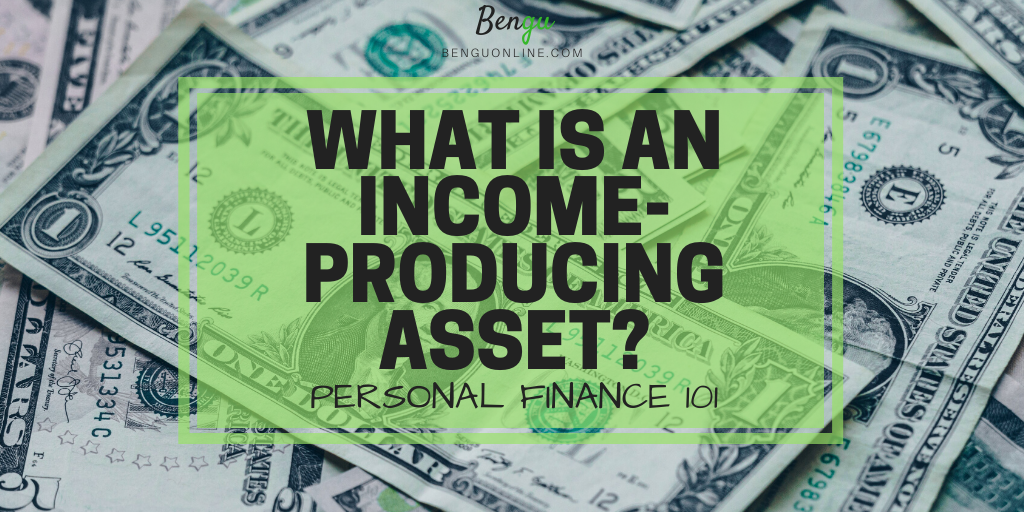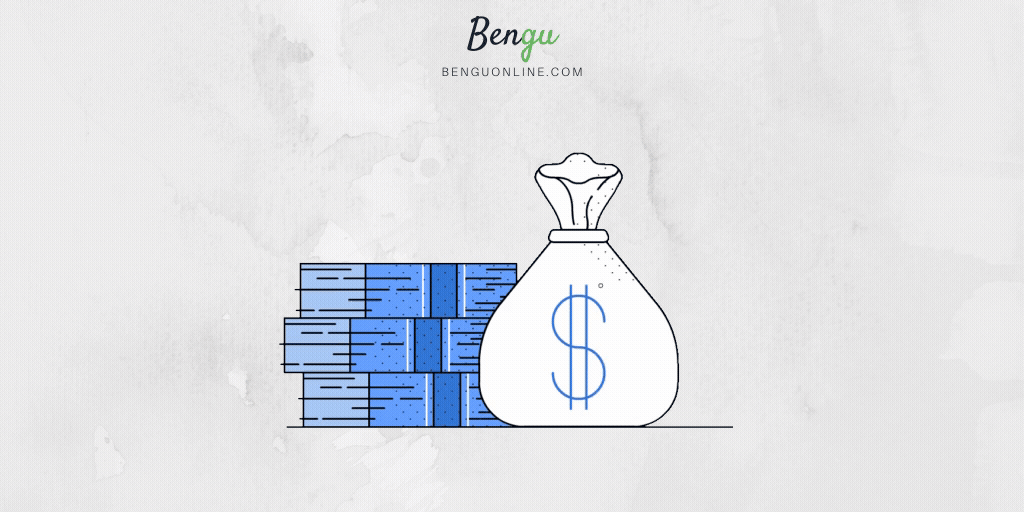What’s the first thing that comes to mind when you think about an income-producing asset?
Something that makes you money, right?
Well, that’s exactly what it is.
An income-producing asset is something that makes money for you without your active involvement — the essence of passive income!
An example of an income-producing asset would be a rental real estate property. In the UK, we call this “buy to let“.
These rental properties are occupied by tenants who pay a monthly fee for renting your property. This rental produces monthly cash flow for you so your property becomes an income-producing asset.
Anything that puts money into your pocket in the form of regular cash flow is considered an asset.
On the flip side, things that take money away from you are considered liabilities.
A liability is typically something that takes money away from you every month. Think car payments, household appliances and even your mortgage.
It may come as a surprise to a lot of people that their mortgage is considered a liability…
But it’s the truth.
If you’re paying off your house every month through a mortgage (which let’s face it, 99% of people are) then it’s a liability to you because it’s taking money from you every month.
Those that acquire significant wealth understand the differences between assets and liabilities.
How the rich get richer
Wealthy people have a sound understanding of how money works. They know that the ultimate path to financial independence and freedom is through building multiple streams of income.
These streams come in the form of passive as well as active income (with more emphasis on the former). So instead of wasting money on depreciating liabilities, you invest your cash flow into assets that can produce long-term gains.
Eventually, the passive income investments become quite substantial and can easily support monthly expenditures for a household.
The combined strategies of reducing monthly liabilities and increasing passive income investments provide the gateway to financial freedom.
How you can invest in an income-producing asset
You don’t need to be a genius to invest in an income-producing asset. You just need to get educated, perform your due diligence and discover a comfortable risk/reward balance.
You can start small. There are so many ways of making passive income in this day and age. The internet is full of passive income ideas and the opportunities have never been so great.
Typically people invest this in the stock market or they start a business that has the ability to eventually turn passive.
Don’t be fooled by the traditional business models that require huge startup investments to get started. These businesses have high overheads and low-profit margins.
Instead, I would recommend online businesses because they have a low startup cost and can be scaled up rapidly into something highly profitable. One of the major plus sides to having an online income-producing asset is that your overheads are much lower.
My personal favourite way to invest in income-producing assets
One of my favourite investment methods has to be real estate. You can’t go wrong with investment property. Nothing is going to change the fact that we all live in flats/house/apartments. No technology will replace the need for people to have homes.
So real estate will always be a great industry to get into.
Once you own your portfolio of properties, you can enjoy that sweet passive income for years to come.
Of course, it’s not like it’ll be plain-sailing because there will always be obstacles but the very fact that we have the ability to create these income-producing assets is pretty amazing if you ask me!
So now you know what an income-producing asset is and how it works. You should also have a rough understanding of what is classified as assets and liabilities. I hope you found this post useful!

I’m a London-born lover of technology, obsessed with online business, passive income and the digital economy. I love learning, researching and curating the most valuable resources to save you time, money and help you discover the truth on what it actually takes to achieve your goals.

